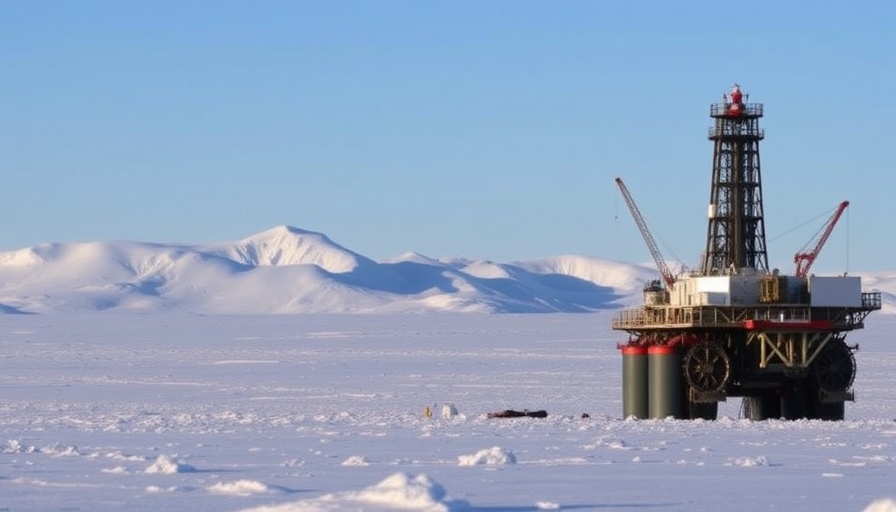
Understanding AI's Role in Highlighting Doubts About Pollutants
Artificial Intelligence (AI) is shaping various fields, including environmental risk assessment. One intriguing initiative led by Denver-based risk analyst Tony Cox aims to use AI to explore the connections between chemical compounds and health risks. Funded by the American Chemistry Council (ACC), this project has sparked both interest and concern among health experts.
The Controversial Figure Behind the AI Initiative
Tony Cox, a former adviser to Donald Trump, is no stranger to controversy. His work has often been associated with attempts to downplay the dangers posed by pollutants. Remarkably, he has claimed that air cleaning does not necessarily save lives—a statement that raises eyebrows among public health advocates.
Cox's previous associations with industries that have a vested interest in environmental policy, particularly the tobacco and oil sectors, lend a critical lens to his current endeavors. These industries have been notorious for casting doubt on scientific consensus when it serves their agenda. Critics say that similar tactics are reemerging in the current deregulatory climate influenced by the previous administration.
AI's Potential and the Implications for Scientific Inquiry
As Cox develops this AI tool to evaluate academic research, questions arise about its potential impact. Will it effectively facilitate a clearer understanding of the impacts of chemical exposure on human health, or will it further muddle the waters with selective interpretation of research? For many observers, the ACC's involvement adds a layer of complexity, raising concerns about bias.
The spokesperson for the ACC asserts that the AI research aims to enhance transparency in science, suggesting that it could yield positive outcomes in regulatory approaches. However, the historical context of industries attempting to manipulate scientific discourse gives rise to skepticism.
The Broader Consequences of AI in Environmental Health Debate
This initiative comes at a time when the stakes are particularly high. The broader implications of AI usage in environmental health extend beyond academic circles; they touch on public policies that aim to protect communities from hazardous pollutants. AI tools predictably possess the power to analyze vast data pools and derive insights, yet the question remains: who controls this information, and what narratives will it propagate?
Addressing Public Concerns and Misinformation
While Tony Cox asserts that his AI tool will provide objective analysis free from human biases, many within the scientific community are cautious. They fear that even well-intentioned innovations can be co-opted by interests focused more on profit than on public health. This skepticism echoes broader societal concerns regarding the reliability of scientific information in an age increasingly characterized by misinformation.
Moving Forward: Balancing Innovation with Ethics
It is essential for stakeholders—scientists, policymakers, and the public—to remain vigilant about the intersection of AI and environmental health research. As more projects like Cox's emerge, collaboration across sectors will be crucial in ensuring that scientific integrity is upheld. Opportunities for dialogue and debate must welcome diverse perspectives to navigate the ethical implications of using technology in health outcomes.
Engagement among communities regarding these issues can lead to more informed decisions and a deeper understanding of the implications of such technological advancements. As we explore these new horizons, it is vital to advocate for transparency, ethics, and accountability in research, especially when public health is at stake.
Conclusion: The Call to Action
As homebuyers, sellers, and property investors in Dumfries, understanding the impact of pollutants on health and environmental quality is crucial. You’re encouraged to stay informed about the technologies influencing policy changes. Engage in conversations around environmental health in your community, and consider advocating for transparency and scientific integrity in discussions surrounding chemical exposure. Empower yourself with knowledge—it's the first step toward creating a healthier living environment.
 Add Row
Add Row  Add
Add 





Write A Comment